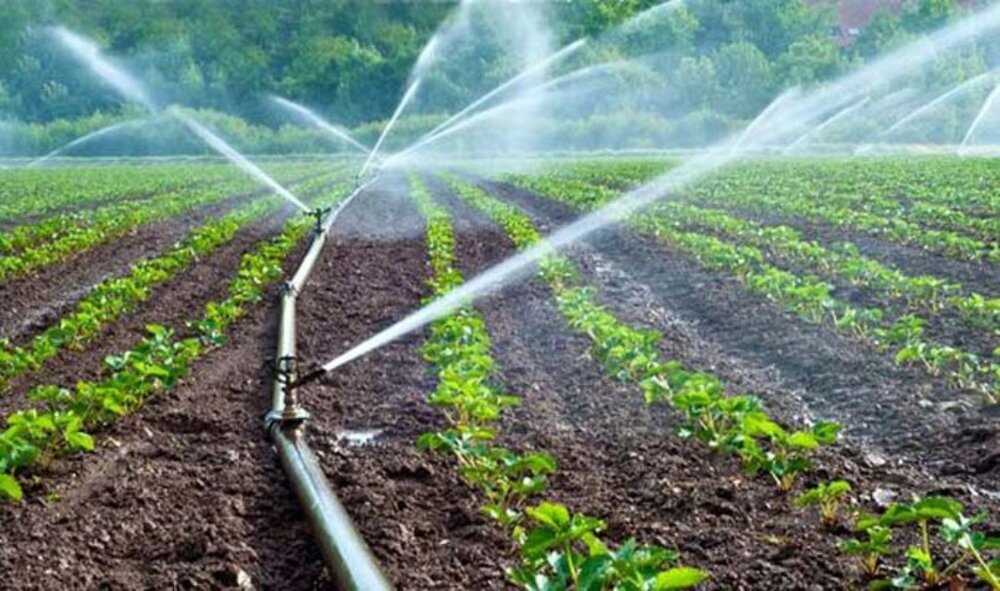‘Reducing water consumption in agricultural sector a priority of energy ministry’

TEHRAN – Iranian Energy Minister Ali Akbar Mehrabian has said reducing consumption in the agricultural sector is his ministry’s priority in the water management area, IRIB reported on Tuesday.
Speaking in a meeting of the country’s Supreme Water Council Mehrabian said: “10 percent savings in the domestic sector will save 500 to 600 million cubic meters of water per year, while this figure in the agricultural sector will be 1.5 billion cubic meters.”
Pointing out that the agricultural sector is the largest water-consuming sector in the country, accounting for 90 percent of the total water consumption, he said: "Improving the cultivation pattern, using new irrigation methods and increasing water efficiency in the agricultural sector are the most important programs for managing water resources in the country."
Noting that the supply of drinking water is also a priority for the Energy Ministry, Mehrabian said: "We will provide drinking water through various methods, including the management of reservoirs and the use of wells, but in the consumption sector, the saving will be very important since reducing consumption will consequently reduce the stress imposed on water resources.”
The official pointed out that 14 resolutions were put on the agenda at the meeting of the Supreme Water Council and said: “This year, water resources are in a very difficult position because we have had a 50 percent decrease in rainfall compared to last year and a 37 percent decrease in rainfall compared to the average figure for the past 50 years.”
He noted that according to the forecast of the Iran Meteorological Organization, this fall the amount of rainfall will be 20 to 30 percent less than normal, adding: "We are trying to provide the required water by managing consumption and demand."
According to the World Meteorological Organization's multiannual forecast, in the next five years, Iran’s average rainfall will decline by 75 percent, and the temperature rises by 50-75 percent compared to the long-term average.
EF/MA
Leave a Comment